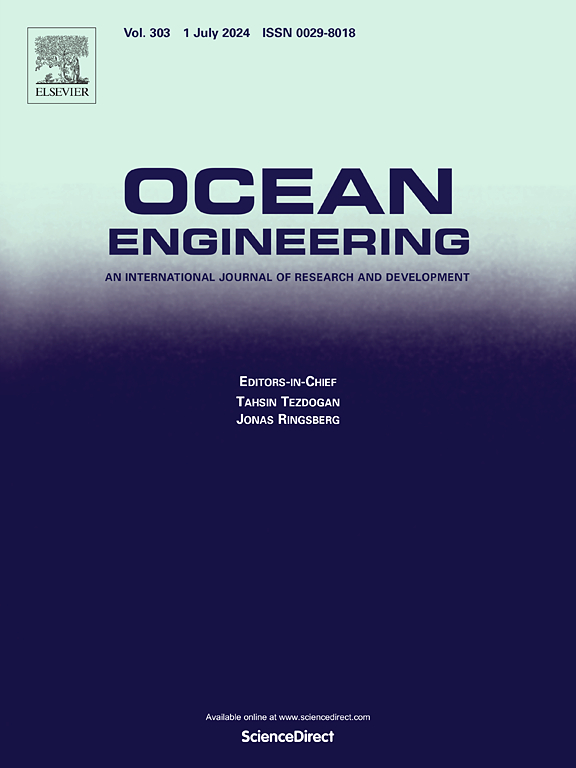Active flow control actuators on wind turbines; comprehensive review
IF 5.5
2区 工程技术
Q1 ENGINEERING, CIVIL
引用次数: 0
Abstract
Active flow control (AFC) techniques are designed to add or subtract momentum into/from the flow field in order to modify (usually delay) the boundary layer separation. AFC strategies are being considered in many industrial applications, particularly in aeronautics/aerodynamics, where the early separation of the boundary layer drastically affects the forces acting on an airfoil. AFC devices are divided into three different types, including fluidic actuators, plasma ones, and moving surfaces. The present paper is a comprehensive review of the different AFC actuators employed in wind turbines, including Dielectric Barrier Discharge (DBD) plasma actuator (PA), synthetic jet actuator (SJA), and suction and blowing actuators. All AFC applications on Horizontal axis wind turbines (HAWT) and Vertical ones (VAWT), whether reporting numerical or experimental methods, are considered. The actuation when employing moving surfaces shall be presented in a different review. AFC implementation on wind turbines needs to employ a strategy consisting of setting/optimizing the AFC parameters, as well as considering an energy assessment. This review is highlighting the research that has already addressed these points. Eventually, a comparison of the main achievements gathered from previous publications is presented and discussed in detail to assist researchers and engineers and give them a tool to design future AFC applications on WTs.

风力涡轮机的主动流量控制执行器;全面审查
主动流动控制(AFC)技术旨在向流场中增加或减少动量,以改变(通常是延迟)边界层分离。在许多工业应用中,特别是在航空/空气动力学中,AFC策略正在被考虑,其中边界层的早期分离极大地影响了作用在翼型上的力。AFC装置分为三种不同的类型,包括流体致动器、等离子体致动器和移动表面。本文全面综述了风力发电机组中使用的各种AFC致动器,包括介质阻挡放电(DBD)等离子体致动器(PA)、合成射流致动器(SJA)和吸吹致动器。所有AFC在水平轴风力涡轮机(HAWT)和垂直轴风力涡轮机(VAWT)上的应用,无论是报告数值方法还是实验方法,都被考虑在内。采用移动表面时的驱动应在另一篇综述中提出。在风力涡轮机上实施AFC需要采用一种策略,包括设置/优化AFC参数,以及考虑能源评估。这篇综述强调了已经解决这些问题的研究。最后,对以前出版物中收集的主要成果进行了比较,并对其进行了详细的讨论,以帮助研究人员和工程师,并为他们设计未来在WTs上的AFC应用提供了工具。
本文章由计算机程序翻译,如有差异,请以英文原文为准。
求助全文
约1分钟内获得全文
求助全文
来源期刊

Ocean Engineering
工程技术-工程:大洋
CiteScore
7.30
自引率
34.00%
发文量
2379
审稿时长
8.1 months
期刊介绍:
Ocean Engineering provides a medium for the publication of original research and development work in the field of ocean engineering. Ocean Engineering seeks papers in the following topics.
 求助内容:
求助内容: 应助结果提醒方式:
应助结果提醒方式:


